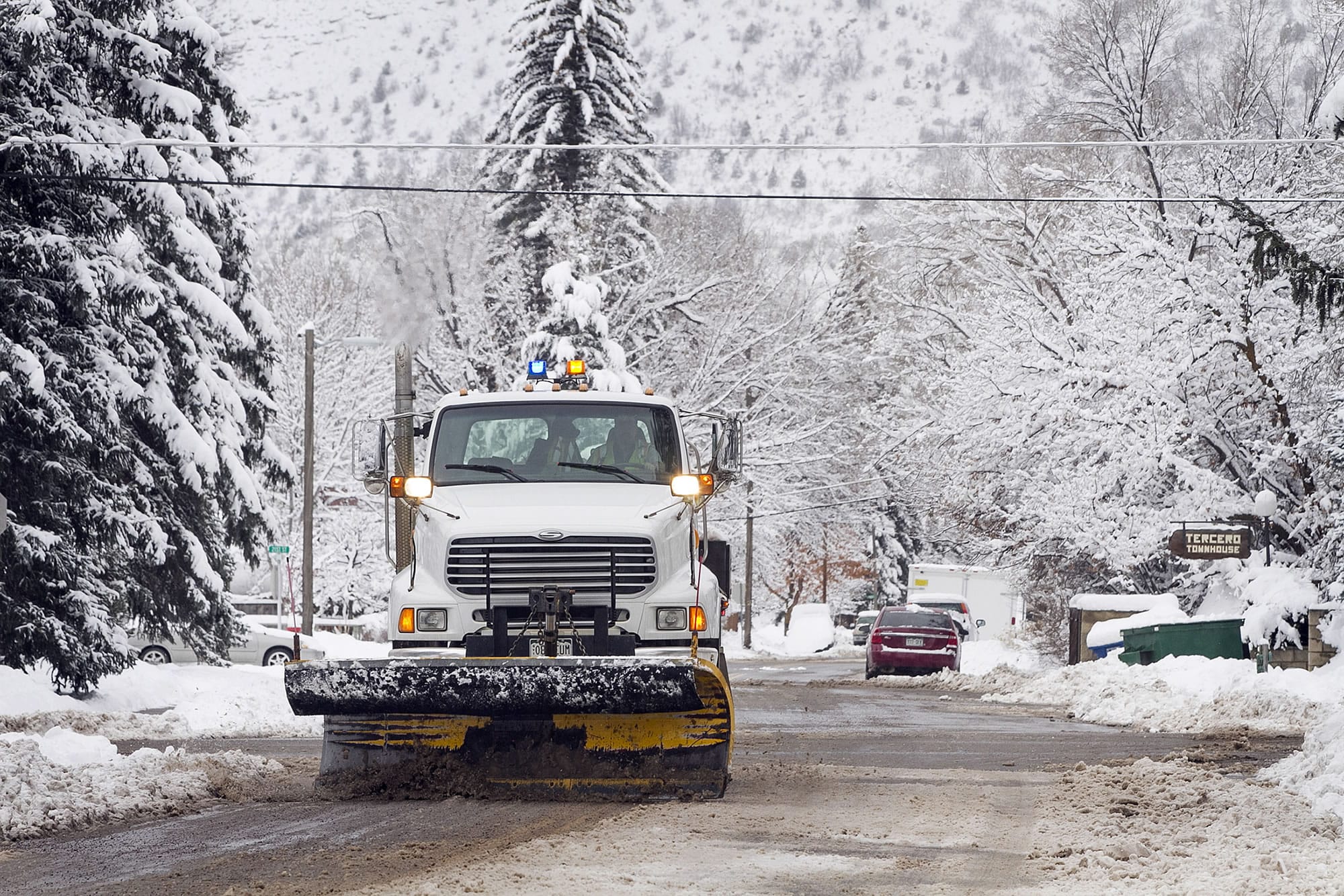Floods, avalanches and snowstorms are all on nature’s holiday gift-giving list for the western U.S. as more storms pour in off the Pacific.
On Tuesday, parts of 11 western states were dotted with flood and avalanche warnings, wind advisories and numerous winter weather outlooks.
Because the National Weather Service uses a full palette of colors to designate trouble, the map looked as if Jackson Pollock had a hand in decorating it.
“It is rather unsettled out West,” said Michael Musher, a meteorologist at the U.S. Weather Prediction Center in College Park, Md. “It is going to remain unsettled through Christmas.”
With temperatures forecast to reach into the 70s from New York to Virginia this week, the West stands in stark contrast to those spring-like conditions. Throughout the mountains of Oregon, Washington and California, snow was forecast to fall by the foot through today, the National Weather Service said.
Parts of Idaho, Montana, Utah and Wyoming, including Yellowstone National Park, are covered by avalanche warnings.
Farther west, snow could become a problem for travelers. While rain is forecast for Seattle, snow could pile up in the passes leading from the city, said Dan Kottlowski, a meteorologist at AccuWeather in State College, Pa.
“People will have to use chains to get out of Seattle,” Kottlowski said.
Where snow isn’t falling, rain is, and that has caused many areas in central California to be under by flash-flood watches. “The severely burned areas near Yosemite will be of particular concern,” the weather service said.
As a result, the ground can’t absorb anymore water, so the runoff could bring rocks and debris onto roads.
Even with the floods, this won’t be the drought-buster for California, which is in its fourth year of dry conditions. While the mountains of California have been picking up snow, they’re still behind what would be considered normal, Kottlowski said.
California needs heavy snows to build up over winter’s course to meet its water needs in the spring and summer. The snow acts like a bank, storing winter water in the mountains and melting in warmer months.
On top of that, many of this year’s storms have lost much of their power by the time they get to California. Still, the systems have helped ease drought conditions in the Pacific Northwest, Kottlowski said.
Three months ago, all of Washington was covered by some form of drought. Last week, it had dropped to a shade more than 48 percent, according to the U.S. Drought Monitor in Lincoln, Nebraska.
Seattle has received about 23 inches of rain since Oct. 1, or more than 9.5 inches above normal, the weather service said. The eastern part of the state is still dry and rain and snow is still lagging in many places.
For the rest of the holiday week, Washington and its neighbors will be tightly gripped by winter, even as the eastern U.S. gets a taste of spring, at least in terms of temperatures.




